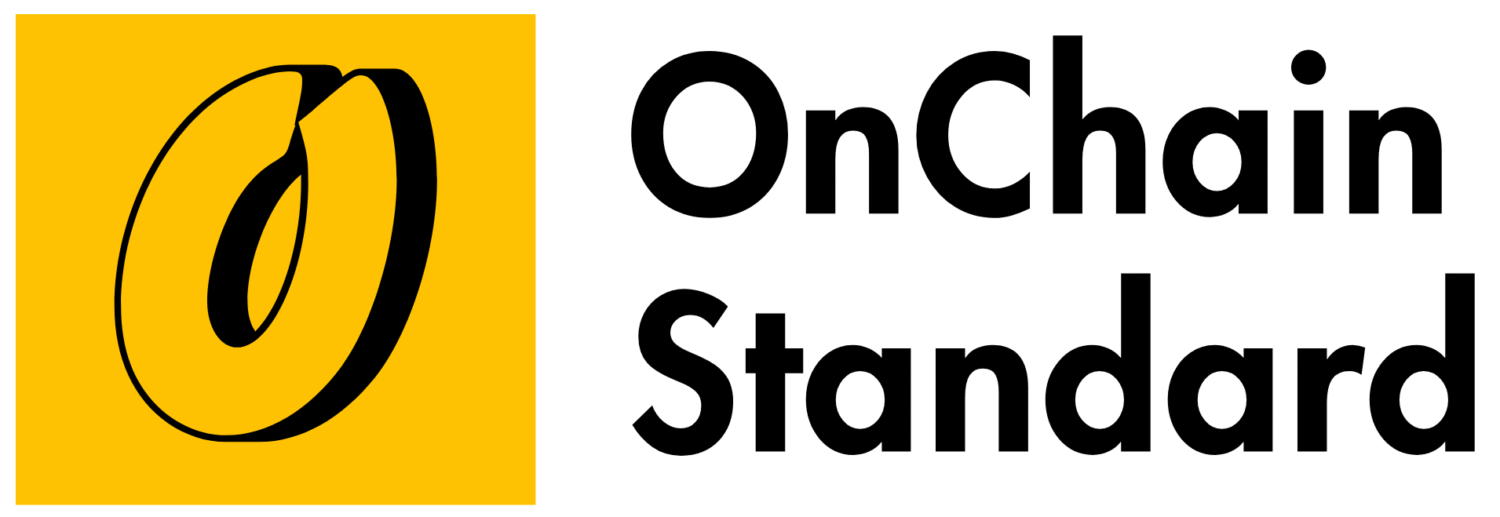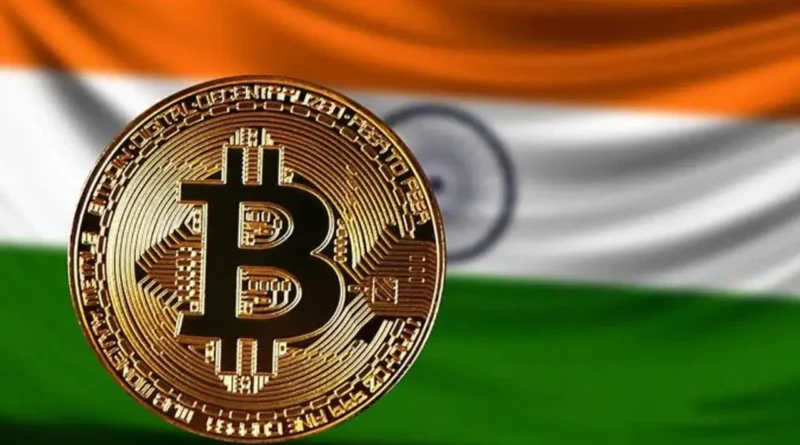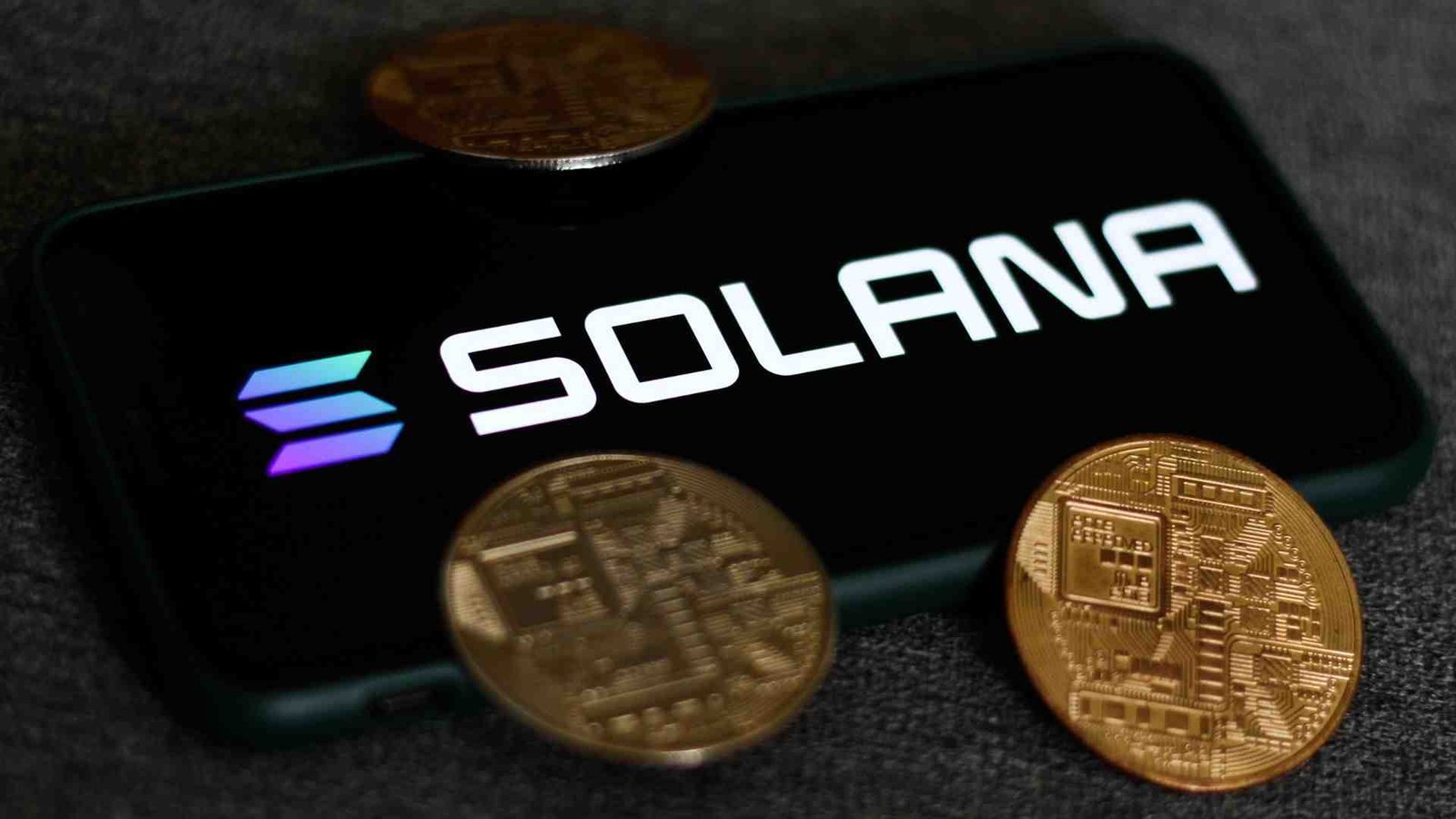Will India Embrace Bitcoin? The Push for a Strategic Bitcoin Reserve in 2025
Introduction: A Bitcoin Reserve for India’s Future?
In March 2025, the United States made headlines by launching a Strategic Bitcoin Reserve, holding over 200,000 BTC worth $20 billion, signaling Bitcoin’s rise as a global store of value. This move, coupled with Bhutan’s $1 billion Bitcoin reserve from hydropower mining, has sparked a question: could India, with its 107 million crypto users and $6.4 billion market, follow suit? As Pradeep Bhandari, a Bharatiya Janata Party (BJP) spokesperson, urges a Bitcoin reserve pilot, India stands at a crossroads. With its renewable energy potential and tech-driven economy, could Bitcoin become a strategic asset? This article explores the push for a Bitcoin reserve in India, its historical context, opportunities, challenges, and what it means for investors and policymakers in 2025.
Historical Context: India’s Evolving Crypto Stance
India’s relationship with Bitcoin has been turbulent. In 2018, the Reserve Bank of India (RBI) banned banks from servicing crypto exchanges, citing risks like money laundering, pushing trading underground. The Supreme Court overturned this ban in 2020, unleashing a wave of adoption. “The lifting of the ban was a pivotal moment, allowing India to emerge as a crypto leader,” said Sumit Gupta, co-founder of CoinDCX. By 2023, India introduced a 30% tax on crypto gains and a 1% TDS on transactions, reflecting a shift toward regulation. Globally, Bitcoin’s surge past $100,000 in 2024, alongside the U.S.’s Strategic Bitcoin Reserve in 2025, has fueled debates. India’s G20 presidency in 2023, where it led a crypto regulatory working group with the IMF, marked a nuanced pivot from skepticism to strategic interest, setting the stage for 2025’s reserve discussions.
Data-Driven Analysis: The Case for a Bitcoin Reserve
India’s crypto ecosystem and economic strengths make a Bitcoin reserve compelling. Here’s the data driving the conversation:
-
Crypto Adoption: India leads globally with 107 million crypto users (7.5% of the population), per Chainalysis’s 2025 Global Crypto Adoption Index.
-
Market Size: The $6.4 billion crypto market could reach $15 billion by 2035, with Bitcoin at ~$109,000 holding a 60% share (CoinMarketCap, July 2025).
-
Bitcoin Holdings: India holds just 450 BTC ($49.5 million), compared to the U.S.’s 200,000 BTC ($20 billion) and Bhutan’s 12,000 BTC ($1.3 billion).
-
Renewable Energy: India’s 180 GW renewable capacity (2024) could support Bitcoin mining, mirroring Bhutan’s hydropower model.
-
Economic Goals: India’s $5-trillion economy target by 2026 could benefit from Bitcoin as an inflation hedge, with 90% of forex reserves in dollar assets.
Bitcoin’s fixed 21-million-coin supply and blockchain transparency make it a “digital gold,” appealing as a hedge against inflation, unlike dollar-denominated assets. India’s young developers—75% under 35—drove $564 million in Web3 investments in 2024, positioning the country to innovate. However, volatility (Bitcoin’s 15% Q1 2025 dip) and low KYC compliance (20% of users) raise concerns. A reserve could legitimize crypto, boost investor confidence, and align India with global leaders like the U.S., but risks like hacking and regulatory gaps linger.
Real-World Examples: Global Models for India
Global examples highlight Bitcoin’s strategic potential. The U.S. Strategic Bitcoin Reserve, launched in January 2025, holds 200,000 BTC from seized assets, managed by the Treasury as a long-term store of value. “The U.S. is positioning itself as the crypto capital,” said Donald Trump, announcing the reserve. Bhutan, since 2021, has mined Bitcoin using hydropower, amassing $1 billion by 2025, funding public services. El Salvador’s 2021 Bitcoin legal tender experiment, though scaled back in 2025 due to low adoption, showed financial inclusion potential. India could adopt Bhutan’s mining model, leveraging its renewable energy, or the U.S.’s reserve approach, starting with a pilot using seized assets. Indian exchanges like CoinDCX, with 15 million users, could support infrastructure. Explore more in India’s Blockchain Innovators.
Challenges and Solutions: Navigating the Bitcoin Reserve Debate
A Bitcoin reserve faces hurdles in India, but solutions exist:
-
Regulatory Uncertainty: The 30% crypto tax and lack of a clear framework confuse 40% of traders (WazirX survey). A comprehensive bill, like the EU’s MiCA, could boost compliance by 25%, as seen in Europe.
-
Volatility Risks: Bitcoin’s 2.04% drop to $83,200 post-U.S. reserve announcement shows market swings. Education campaigns, like CoinDCX’s, which increased retention by 30%, could stabilize investor sentiment.
-
Security Concerns: Cryptocurrencies are prone to hacking, per Sridharan’s CNBC TV18 article. Robust custody solutions, like the U.S.’s Treasury-managed reserve, could mitigate risks.
India could pilot a reserve with seized BTC (450 currently held) and regulate mining with renewables, learning from Bhutan’s success. Clear policies would foster innovation while protecting investors.
Future Outlook: Bitcoin in India by 2030
By 2030, India’s crypto market could hit $25 billion, with Bitcoin as a key asset. A reserve pilot could grow India’s 450 BTC to 10,000 BTC via mining, leveraging 180 GW of renewable energy. The RBI’s digital rupee, integrated with blockchain, could streamline $100 billion in cross-border payments. Web3 and NFTs may add $5 billion, driven by young developers. However, without regulatory clarity, India risks lagging behind the U.S. and Bhutan. “India must lead, not follow, in the digital asset race,” urges Bhandari. Investors should allocate 5–10% to Bitcoin, per SEBI’s advice, and track updates at OnChainStandard’s News Section. A strategic reserve could cement India’s role in global finance—act now or regret later.
Conclusion: India’s Bitcoin Moment
India’s 107 million crypto users and $6.4 billion market signal a digital revolution. The push for a Strategic Bitcoin Reserve, inspired by the U.S. and Bhutan, offers a chance to bolster economic resilience. While regulatory and volatility challenges persist, a pilot program and clear policies could unlock Bitcoin’s potential. From renewable-powered mining to investor education, India has the tools to lead. Stay informed via OnChainStandard and explore safe crypto practices to shape India’s financial future.




